A peer-to-peer (P2P) communications technology built into millions of security cameras and other consumer electronics includes several critical security flaws that expose the devices to eavesdropping, credential theft and remote compromise, new research has found.

A map showing the distribution of some 2 million iLinkP2P-enabled devices that are vulnerable to eavesdropping, password theft and possibly remote compromise, according to new research.
The security flaws involve iLnkP2P, software developed by China-based Shenzhen Yunni Technology. iLnkP2p is bundled with millions of Internet of Things (IoT) devices, including security cameras and Webcams, baby monitors, smart doorbells, and digital video recorders.
iLnkP2P is designed to allow users of these devices to quickly and easily access them remotely from anywhere in the world, without having to tinker with one’s firewall: Users simply download a mobile app, scan a barcode or enter the six-digit ID stamped onto the bottom of the device, and the P2P software handles the rest.
But according to an in-depth analysis shared with KrebsOnSecurity by security researcher Paul Marrapese, iLnkP2P devices offer no authentication or encryption and can be easily enumerated, allowing potential attackers to establish a direct connection to these devices while bypassing any firewall restrictions.
Marrapese said a proof-of-concept script he built identified more than two million vulnerable devices around the globe (see map above). He found that 39 percent of the vulnerable IoT things were in China; another 19 percent are located in Europe; seven percent of them are in use in the United States.
Although it may seem impossible to enumerate more than a million devices with just a six-digit ID, Marrapese notes that each ID begins with a unique alphabetic prefix that identifies which manufacturer produced the device, and there are dozens of companies that white-label the iLnkP2P software.
For example, HiChip — a Chinese IoT vendor that Marrapese said accounts for nearly half of the vulnerable devices — uses the prefixes FFFF, GGGG, HHHH, IIII, MMMM, ZZZZ.
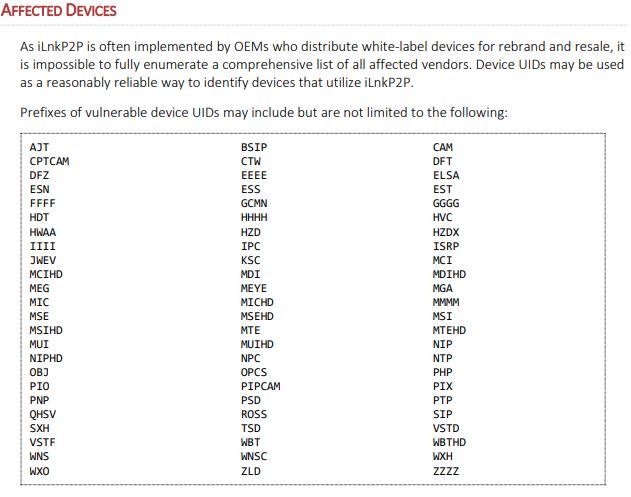
These prefixes identify different product lines and vendors that use iLnkP2P. If the code stamped on your IoT device begins with one of these, it is vulnerable.
“In theory, this allows them to support nearly 6 million devices for these prefixes alone,” Marrapese said. “In reality, enumeration of these prefixes has shown that the number of online devices was ~1,517,260 in March 2019. By enumerating all of the other vendor prefixes, that pushes the number toward 2 million.”
Marrapese said he also built a proof-of-concept attack that can steal passwords from devices by abusing their built-in “heartbeat” feature. Upon being connected to a network, iLnkP2P devices will regularly send a heartbeat or “here I am” message to their preconfigured P2P servers and await further instructions.
“A P2P server will direct connection requests to the origin of the most recently-received heartbeat message,” Marrapese said. “Simply by knowing a valid device UID, it is possible for an attacker to issue fraudulent heartbeat messages that will supersede any issued by the genuine device. Upon connecting, most clients will immediately attempt to authenticate as an administrative user in plaintext, allowing an attacker to obtain the credentials to the device.” Continue reading



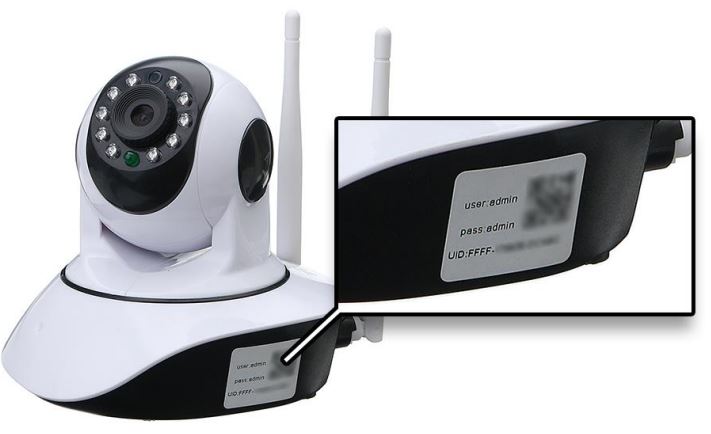

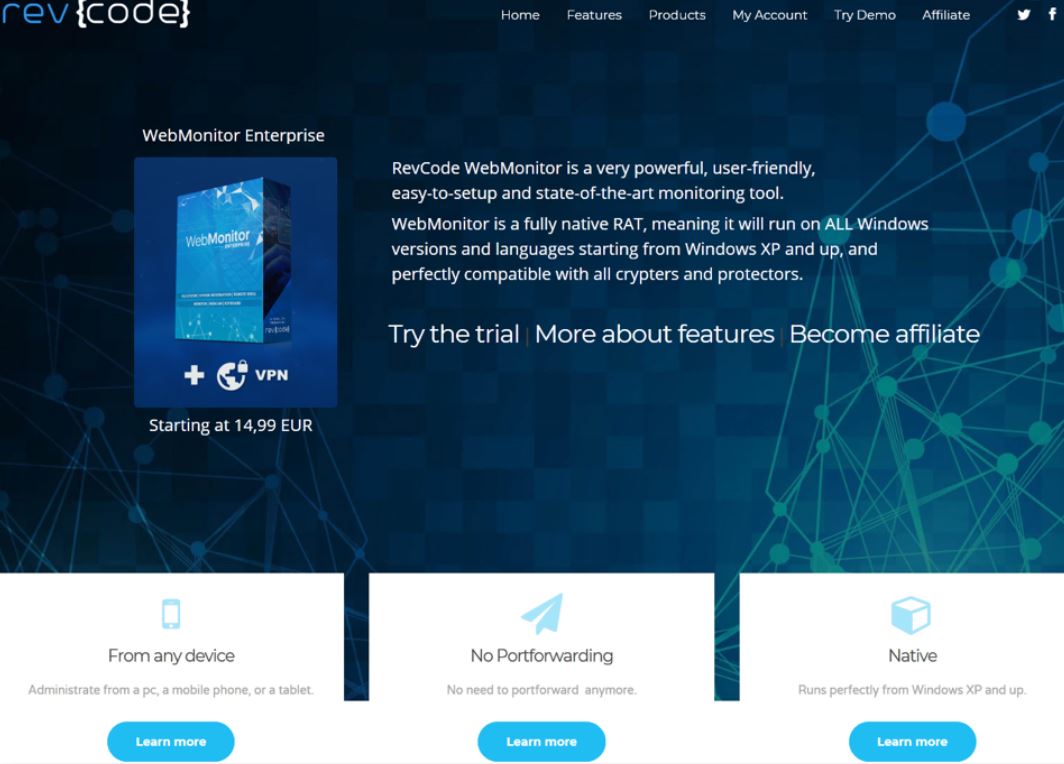
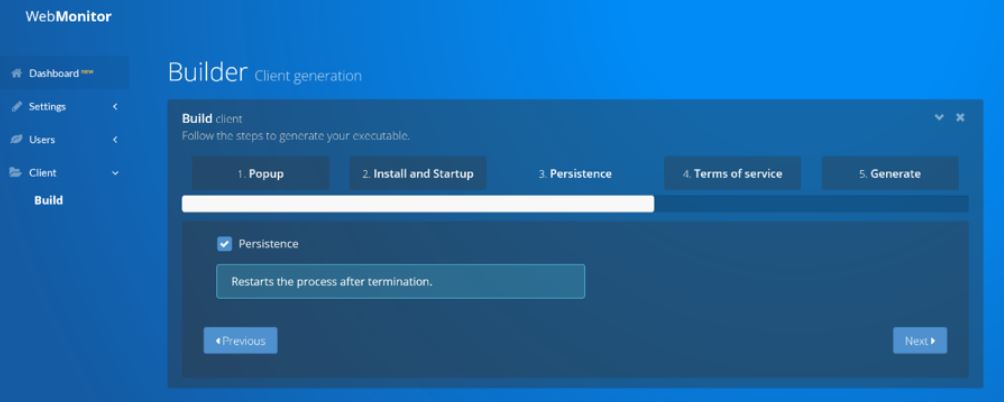

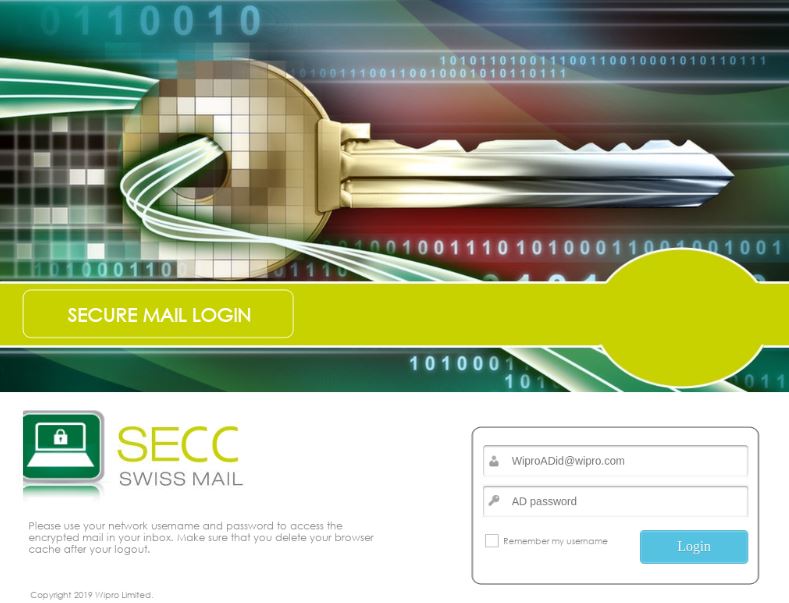
 And yet, here I am again writing the second story this week about a possibly serious security breach at an Indian company that provides IT support and outsourcing for a ridiculous number of major U.S. corporations (spoiler alert: the second half of this story actually contains quite a bit of news about the breach investigation).
And yet, here I am again writing the second story this week about a possibly serious security breach at an Indian company that provides IT support and outsourcing for a ridiculous number of major U.S. corporations (spoiler alert: the second half of this story actually contains quite a bit of news about the breach investigation).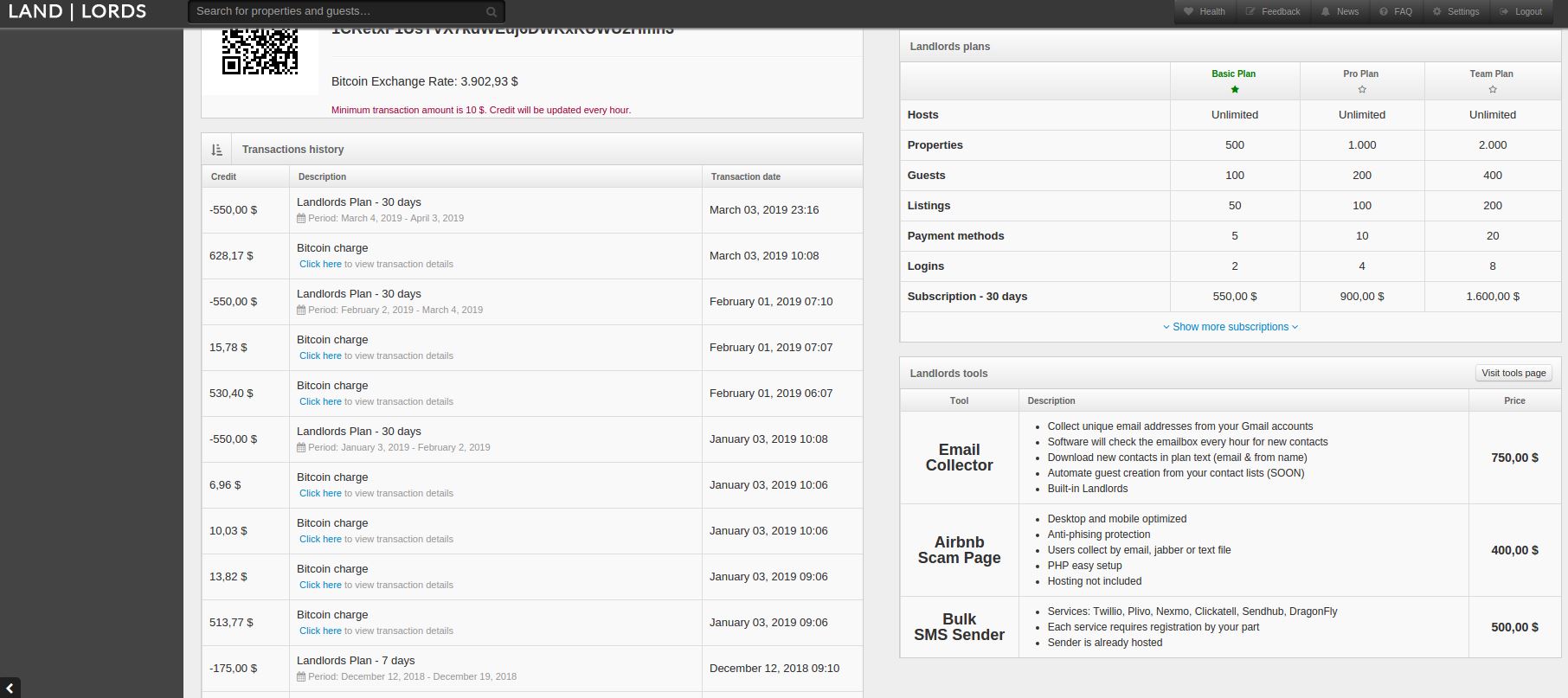

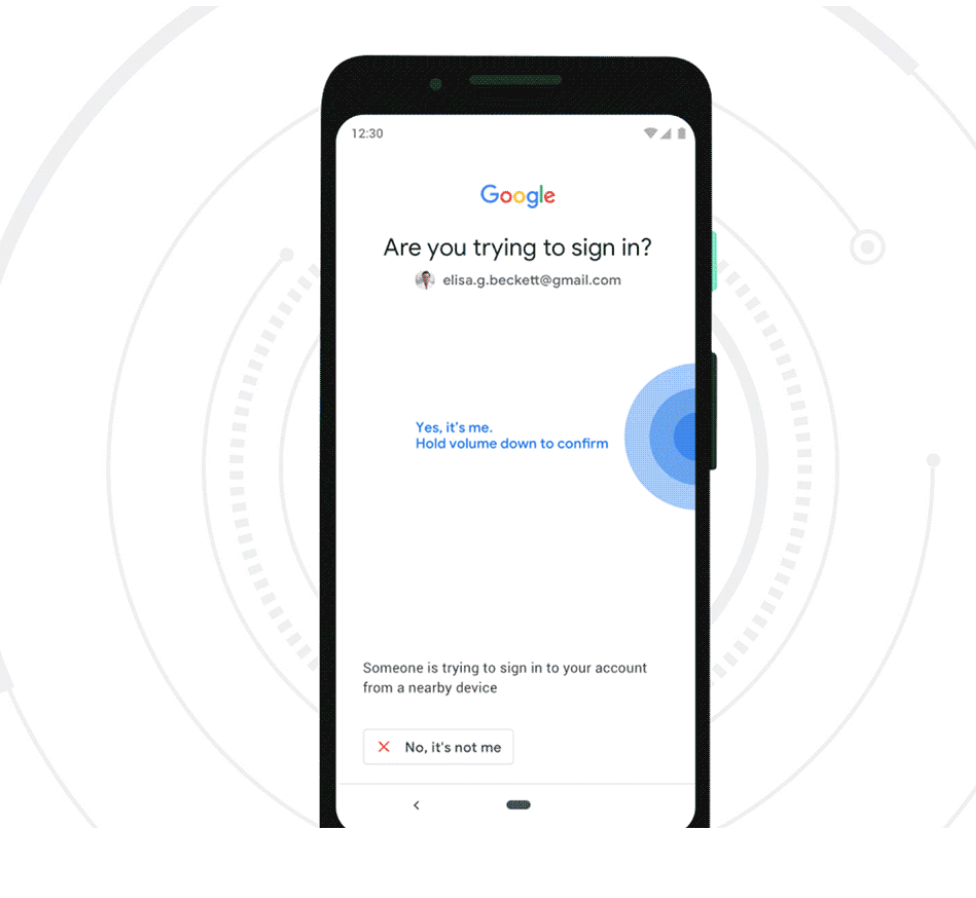
 According to security firm
According to security firm  Adobe’s Patch Tuesday includes security updates for its
Adobe’s Patch Tuesday includes security updates for its 
